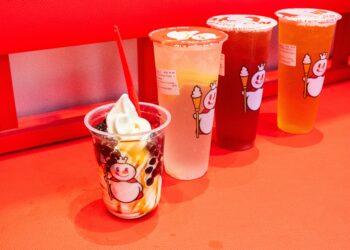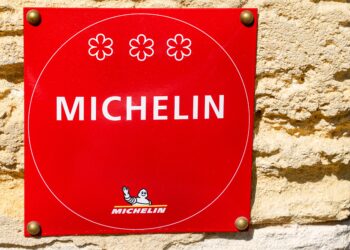Wagyu – a Japanese beef cattle breed – derived from native Asian cattle. ‘Wagyu’ refers to all Japanese beef cattle, where ‘Wa’ means Japanese and ‘gyu’ means cow.
Wagyu were originally draft animals used in agriculture, and were selected for their physical endurance. This selection favored animals with more intra-muscular fat cells – ‘marbling’ – which provided a readily available energy source. Wagyu are naturally horned and can be either black or red in color.
The unique taste and tenderness of highly marbled Wagyu beef makes for an unrivaled eating experience. That is why Wagyu beef is finding its way into the repertoires of gourmet cooks, fine restaurants, and kitchens across the U.S.
The History of Wagyu
There is some evidence of genetic separation into the Wagyu genetic strain as much as 35000 years ago. Modern Wagyu cattle are the result of crossing of the native cattle in Japan with imported breeds. Crossing began in 1868 after the Meiji restoration in that year. The government wanted to introduce Western food habits and culture. Brown Swiss, Devon, Shorthorn, Simmental, Ayrshire, and Korean cattle were imported during this period. The infusions of these British, European and Asian breeds were closed to outside genetic infusions in 1910.
The variation of conformation within the Wagyu breed is greater than the variation across British and European breeds. The three major black strains – Tajiri or Tajima, Fujiyoshi (Shimane) and Kedaka (Tottori) evolved due to regional geographic isolation in Japan. These breeding differences have produced a Japanese national herd that comprises 90% black cattle with the remainder being of the red strains Kochi and Kumamoto. Learn more about the genetic diversity of the breed.
The unique taste and tenderness of highly marbled Wagyu beef makes for an unrivaled eating experience.
In Japan there are four breeds that are considered Wagyu and those are the Japanese Black (the predominant Wagyu exported to the U.S), Japanese Brown (In the U.S. referred to as Red Wagyu), Japanese Polled and Japanese Shorthorn. There are no Japanese Polled or Shorthorns being bred outside Japan. Wagyu strains were isolated according to prefecture (state) and breeds imported for crossing were not the same in each prefecture.
The production of Wagyu beef in Japan is highly regulated and progeny testing is mandatory. Only the very best proven genetics are kept for breeding. Realizing the value of their unique product, the Japanese Government in the late 1990’s banned further exports of Wagyu genetics and declared Wagyu a national living treasure. Zenwa is the Government held entity in Japan that oversees the WAGYU registry for Japanese Black, Brown, Polled and Shorthorn.
Wagyu cattle were first imported into the United States in 1975 when two black and two red bulls were imported by Morris Whitney. In 1989 the Japanese began to reduce their tariffs on imported beef and which encouraged U.S. producers to produce a high quality product for export to Japan.
During the 1990’s there were several importations of Wagyu males and females into the U.S., most were black, but a few red Wagyu were also imported. Wagyu genetics around the world today outside of Japan can be traced to these imports.
Later, in the 1990’s the Japanese Government banned further exports of Wagyu genetics (semen, embryos, and live cattle) and declared Wagyu a national living treasure.
Most U.S. production of Wagyu beef was exported to Japan until 2003 when BSE was discovered, Japan and other countries halted further importations of U.S. beef. However, chefs and others were aware of the superior eating quality Wagyu beef offered and the domestic market has greatly expanded.
Courtesy American Wagyu Association












